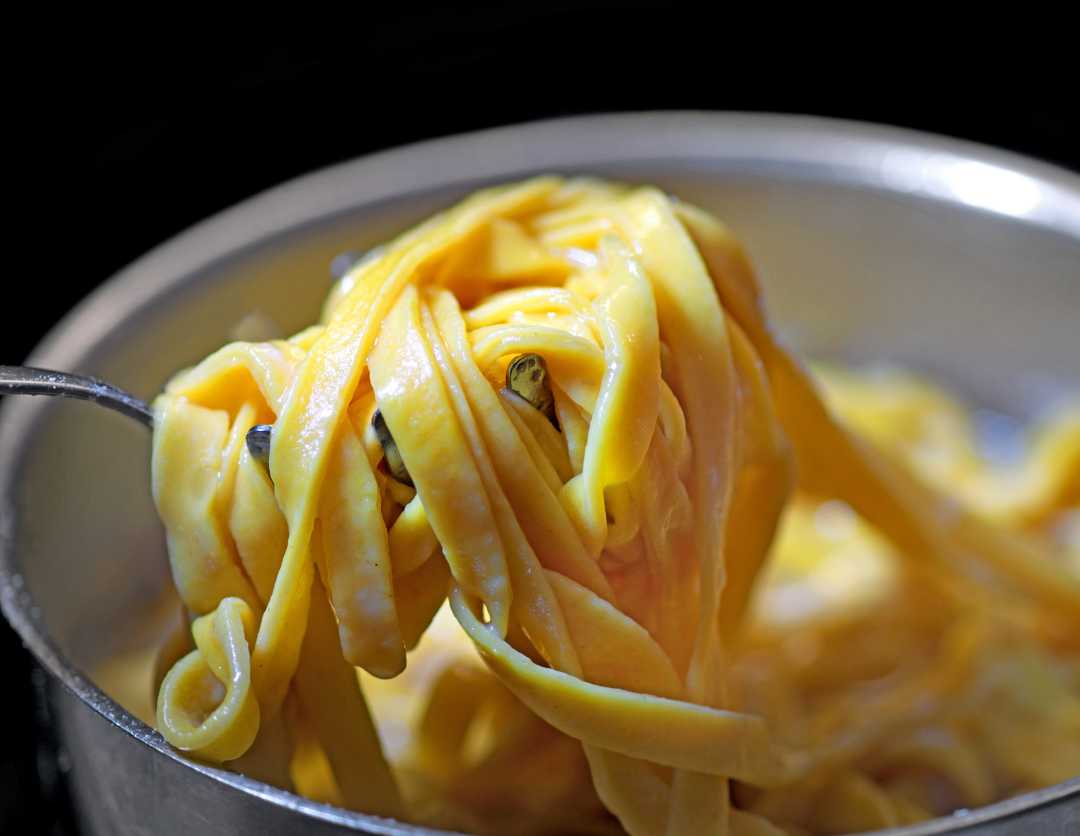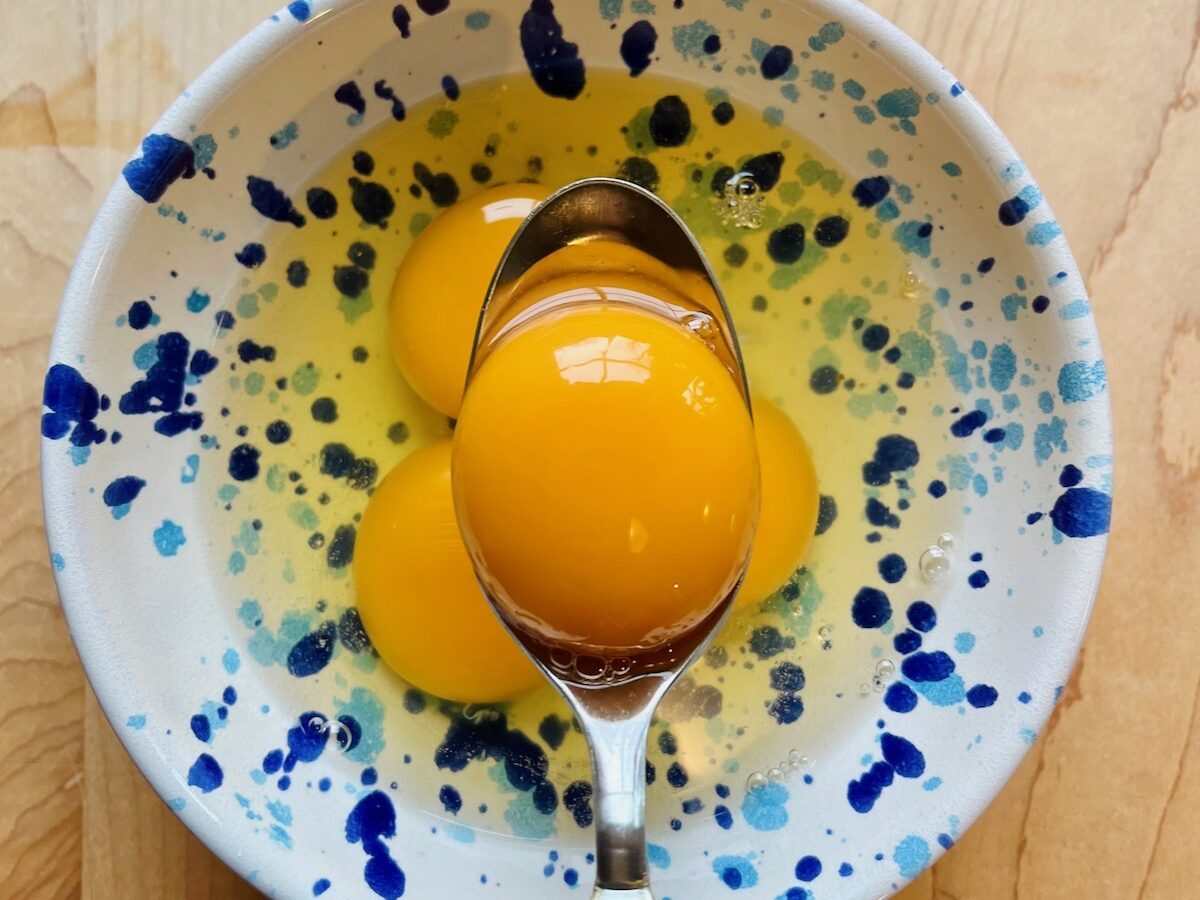
How to Cook Pasta: Our Most Frequently Asked Questions
If you’re making fresh pasta, this is the pivotal moment in your culinary adventure where everything comes together and you finally get to see the fruits of your labor transformed from shaped dough to edible pasta. By this point you’ve spent hours preparing your dough, rolling it out, and shaping it with love. As such, it’s important to make sure that your beautiful works of art don’t fall flat due to a mistake in the cooking process. There’s nothing worse than knowing you just spent half a day making pasta only to have a mediocre dish at the end!
Over the years of educating others on making fresh pasta, we’ve received countless questions on how to properly cook and serve pasta. While certain elements like the amount of salt or sauce pairings can be rather subjective, there are certain guidelines that will help you achieve a better end result when followed.
In this guide, we’ll unravel the secrets to cooking and serving pasta so that you can ensure each bite is flavorful and full of life.
How much pasta should you cook per person?
This is a highly subjective question because it is so dependent on one’s appetite! Nevertheless, a good guideline is to aim for about 115 grams (4 ounces) per person. If you are serving multiple courses with the pasta, you can scale it back to 60 grams per person. On the flip side, if you know you have a hungry crowd or you know you want leftovers, plan to cook a little extra, roughly 150 grams per person.
Most boxes of dry pasta are sold by the pound, the equivalent to 453 grams, and comfortably serve 4 people.
How much water should you use to boil pasta?
There’s a lot of debate out there around this question. Use too little water and your pasta might cook unevenly and become mushy. Use too much water and you won’t get that nice starchy finish. A good measurement to aim for is about 4-5 quarts of water per pound of pasta.
Of course, most Italians don’t actually measure their pasta water and honestly, we’re not sure you should either. Your best bet is to choose a pot big enough for your pasta (a 6-8 quart pot is good for 1 pound of pasta) and fill it up 3/4 of the way.
How much salt should you add to your pasta water?
Ah yes, this is another frequently asked question with many different answers. In fact we did a whole deep dive on this in our Salt Your Pasta Water Guide, where we outline the exact salt measurement. In all honesty though, it’s a little silly because I don’t know any Italian who actually measures their water and salt before cooking pasta.
Most Italians say you know you have enough salt when the pasta water come il mare, or “like the sea.” But who actually knows what the sea tastes like?
I’ve come to follow Missy Robbins’ method, which goes something like this: the best way to know if your water is salty enough is to taste it. It should taste a little bit saltier than how you want your pasta to taste. In other words, you should cringe, just a little bit, at how salty the water is.
Remember: always salt your pasta water once the water is boiling. Salting it too early could result in overly-salty water since the water will reduce as it comes up to temp.
Keep in mind the type of sauce you are pairing with your pasta. A Cacio e Pepe or Carbonara will already contain a lot of salt thanks to the grated Parmigiano or Pecorino, so you might want to make your pasta water a tad less salty in this case.
How hot does the water need to be?
Your pasta should should be at least boiling before adding the pasta. For fresh pasta and stuffed pasta in paritcular, a gentle boil is ideal as a roaring boil may cause your ravioli to burst open. For dry pasta, any kind of boil will do.
How do you know when your pasta is done?
For dry pasta, most boxes provide a general guideline on cook time which can be a helpful gauge. It’s usually between 7-14 minutes depending on the shape and how the pasta is made (Barilla even made a Spotify playlist for each pasta shape that lasts the exact time to cook each shape). Fresh pasta takes less time usually between 3-5 minutes, unless is being cooked from frozen in which case it might take 7-9 minutes.
Still, we follow the rule that you should always taste it for doneness. When you bite into the pasta, it should have a bite to it but not be overly crunchy or chewy. You can also take a small bite, then look at the inside of the pasta. If you see little bits of white on the inside, it’s probably not quite done cooking yet. The pasta should be homogenous in color.
Remember: certain sauces may require that you cook the pasta with sauce for a minute or two. Take this into consideration when removing your pasta from the water.
What’s the best way to sauce your pasta?
This is highly dependent on the sauce.
For meaty or tomato-based sauces, we prefer to cook the sauce in a large Dutch oven-style pot. Then once the pasta is done cooking, use tongs or a spider spoon to transfer the pasta directly to the sauce pot and stir vigorously.
For butter based sauces–which work particularly well with fresh egg pasta–cook the sauce in a pan with curved edges, like a saucier. Then carefully transfer the pasta to the pan and gently shake the pan, stirring with a soft-edge spoon to coat the pasta in the delicate sauce. You can always add a little dab of cold butter at the end for extra glossy finish.
And then there are those outlier sauces that are best mixed in a bowl or in a pan over little to no heat. These include sauces like pesto (which should never be cooked, only tossed with the warm pasta), Cacio e Pepe and Carbonara. For these it’s best to put your sauce in the bottom of a large bowl, then add your warm pasta, and toss until all the pasta is coated in the sauce, letting the pasta heat up the sauce.
No matter what type of sauce you’re making, remember that pasta water is your friend. If the sauce seems too thick or dry, add 1/4 cup of warm, starchy pasta water to the sauce and pasta and mix until it thickens up and becomes glossy.
What about serving my pasta? Any tips for putting it on the table?
A couple of ideas come to mind.
First, don’t forget the toppings! Cheese is an obvious choice, but you don’t have to stop at the Parmigiano. You could also choose something saltier, like Pecorino Romano or shaved Ricotta Salata, or something sweet and creamy like a dollop of Burrata or Ricotta.
Another great topping is homemade breadcrumbs, known as pangrattato in Italy. This is great when you want to add a little crunch on top. You can flavor your breadcrumbs with garlic, black pepper, or other spices depending on the dish you’re making.
Nuts also add a nice bit of crunch and flavor to your dish. Chop up hazelnuts, almonds, or even pine nuts and gently toast them before sprinkling on your pasta. And of course, there are herbs! Fresh basil goes great with summery sauces, while crispy fried sage might be better suited for those fall and winter sauces.
You have many options for serving your pasta at the table. For a small crowd, serving the pasta directly in low bowls is great way to go. For larger crowds, it may be best to invest in a large serving bowl, then serve it up family-style at the table.
Pro tip: On cold days, gently warm up your serving bowl(s) in a low-heat oven before serving so the pasta doesn’t congeal too quickly.
Post a Comment
You must be logged in to post a comment.




